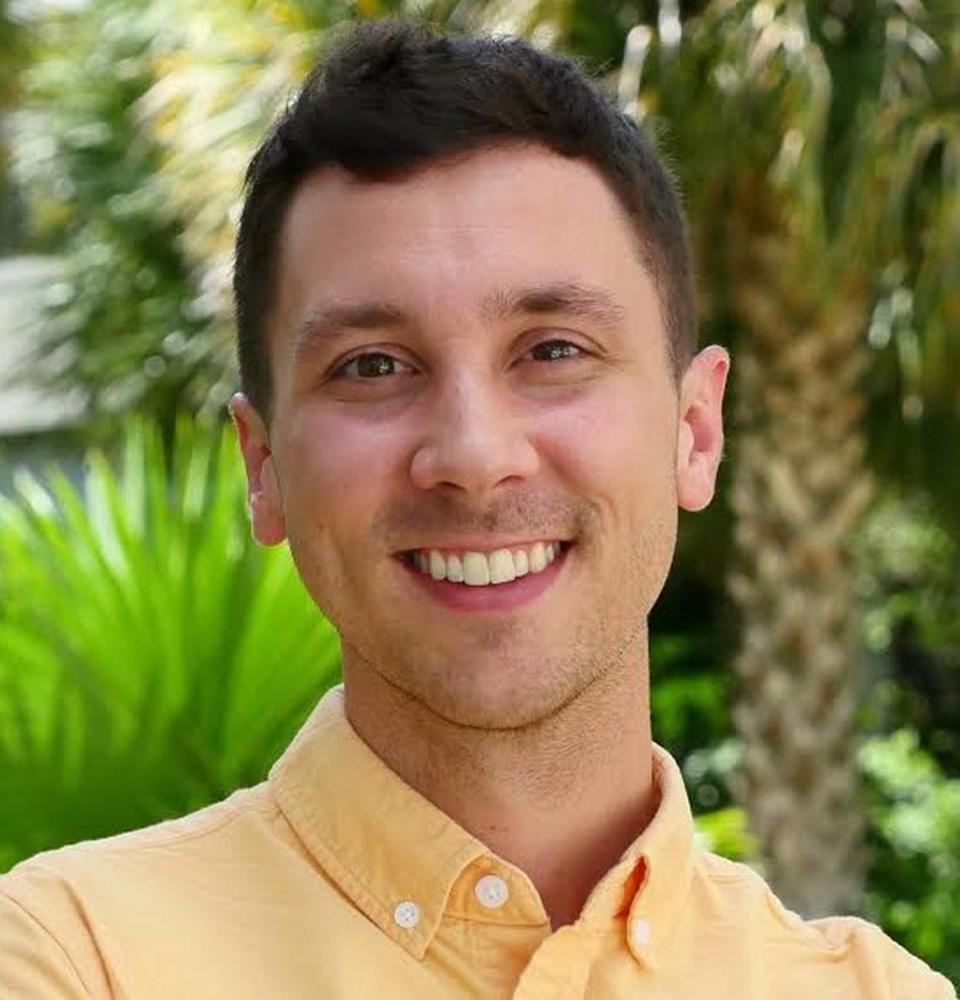Corps should include nature-based and equitable solutions to flooding in Miami | Opinion
For decades, Miami has lured New Yorkers south with a promise of sunny skies, glistening waters and balmy winters. As New York transplants, we love our access to Miami’s famed ocean waters, but we did not anticipate having to drive through them on sunny days.
We moved to Miami to research solutions for human-caused climate change, and seeing the effects occur in real time has added urgency to our work. We are now living through a high-stakes social experiment, and Miami is a living laboratory to observe how three compounding crises — the COVID-19 pandemic, its ensuing financial crisis and the climate crisis — will determine our region’s future. As early-career researchers, we are familiar with the ways experiments can be derailed, and as new Miamians, we are committed to seeing our community thrive.
In May, the U.S Army Corps of Engineers released a major report recommending a $4.6 billion plan to reduce flood risk in Miami-Dade, which would help address one of these crises. However, with limited federal financial resources for flood-reduction projects even in a pre-COVID-19 world, it’s time for the Corps to revise its planning guidance and the types of solutions proposed to ensure the most socially and economically just outcomes. We offer three observations that have the potential to improve the Corps’ study and build a more-equitable Miami:
1. Time is not on our side in Miami. By 2030, Miami is expected to see at least one foot of sea-level rise, which will impede drainage and raise the risk of flooding from high-tide and rainfall events. The Back Bay study only considers threats from one flooding source: coastal storms. However, if the proposed solutions in this plan are approved, construction on these projects might not be completed for another five to 10 years, potentially rendering them ineffective against flooding from high tides and rainfall in the coming decades.
2. The Corps report recommends mostly hard, gray infrastructure solutions — such as sea walls and pump stations — with nature-based features, such as mangrove forests, playing a minor role. In addition to storm protection, nature-based features provide a host of benefits, improving water quality, restoring areas for activities like kayaking and fishing, and providing a home for wildlife. Imagine a restored Biscayne Bay that has cleaner water, supports life instead of mass fish die-offs and is able to reduce waves from storms. By taking into account all the potential value living shorelines can provide, the Corps can improve the quality of life in our communities while providing flood protection.
3. The Corps relies heavily on cost-benefit analyses to choose between proposed alternatives. Economic benefits to property owners are weighted heavily in this analysis, raising the question: Who benefits from these infrastructure projects? The legacy of redlining, unfortunately, is alive and well in the United States and has created a housing wealth chasm that cuts across racial lines. In Miami, this same legacy organized Black residents into then “undesirable” inland areas. Now, these areas occupy some of the region’s highest points of elevation, and Black residents in neighborhoods such as Little Haiti face potential displacement from climate gentrification as a result of rising seas. At present, the Corps does not account for historical housing wealth disparity; nor does it examine how proposed solutions might potentially reinforce or exacerbate inequality.
We offer these observations in response to this national moment — one that calls on us to improve experiments that are in progress and chart a better course for the future.
Our future cannot rely just on seawalls — which will not prevent us from driving through ocean water — and we cannot allow current injustices to be carried forward. The time has come for us to adopt more-dynamic policymaking that considers emerging threats as they arise — like climate gentrification or a global health crisis.
Our hope is that through adaptive policymaking, Miami might serve as a model for how to equitably transition to a low-carbon economy that is also resilient to 21st-century climatic hazards.
Public comments on the Corps’ Miami-Dade Back Bay report are being accepted through Aug. 19.
Steven Koller is an envirionmental science and policy Ph.D. student at the University of Miami. Nadia Seeteram is an earth systems science Ph.D. candidate at Florida International University.




